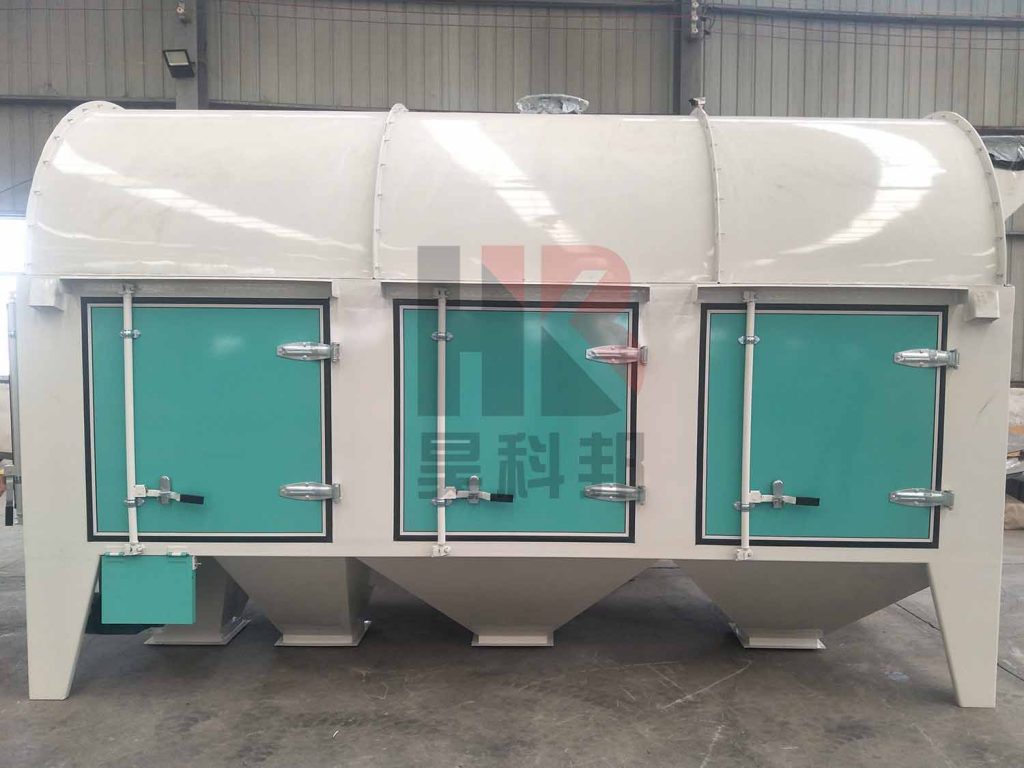The drum screen, as a widely used grain screening device, has become the preferred choice for many grain storage enterprises due to its unique advantages. This article will explore the advantages of the drum screen to help us better understand this efficient equipment.

The working principle of the drum screen enables it to precisely separate impurities and grains of different sizes. Its core lies in the rotary screening mechanism. After grain enters the drum through the inlet, the drum slowly rotates driven by a drive mechanism.
The drum screen also stands out for its strong adaptability. The mesh aperture can be customized based on different grain types and screening requirements to meet diverse needs.
The drum screen's drive mechanism typically uses a low-power motor, resulting in lower energy consumption. Its unique rotary screening method allows grains to tumble and disperse fully on the screen mesh. Fine particles and impurities pass through smoothly, while compliant grains are collected effectively.
The drum screen has a relatively simple structure, making maintenance convenient. Regularly inspecting and replacing worn meshes ensures long-term stable operation. For example, HKB's drum screens use high-quality stainless steel, offering excellent wear and corrosion resistance for prolonged stable performance.
The drum screen can be equipped with multiple layers of screen mesh to achieve multi-stage screening. Different grain sizes can be collected separately for subsequent processing.
With the advancement of industrial automation, HKB's drum screens integrate intelligent control systems. Sensors and automated controls adjust the drum speed and mesh tension in real-time based on actual screening conditions, achieving precise screening.